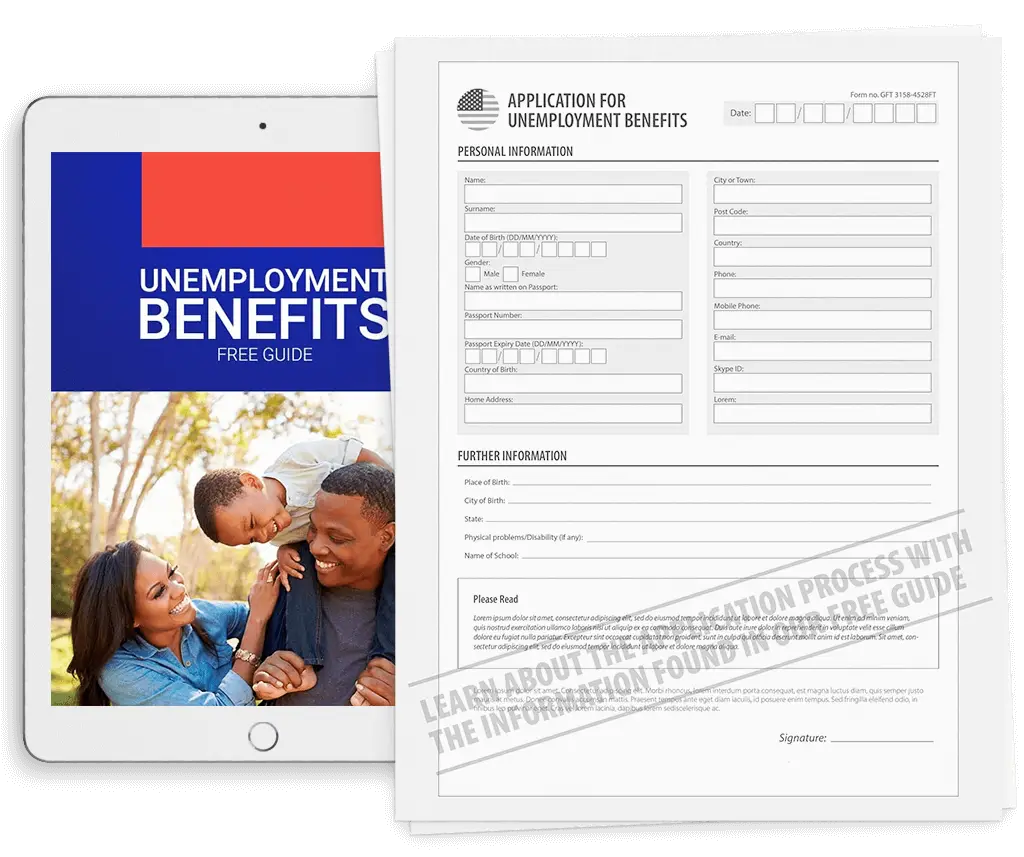How to claim unemployment benefits, registering for work, and continued eligibility for federal unemployment benefits in Illinois are all covered by regulations. Claiming benefits for unemployment, the calculation of unemployment benefits, the limitations on benefits, and unemployment benefits and federal income taxes are some of the different features governed by these rules.
Learn About Claiming Benefits for Unemployment in Illinois
Benefits are claimed on a weekly basis, and unemployment beneficiaries receive payment for the week that has just passed. A calendar week begins on Sunday and runs through the following Saturday. When you claim unemployment benefits, your assigned call day, certification day or appointment is always on a date following the week of unemployment. The UI beneficiaries cannot receive their weekly benefits until they have been certified for that week by telephone or online, and have met all eligibility requirements during that week.
Understand Unemployment Benefits Amounts in Illinois
In claiming benefits for unemployment, the effective date of the applicant’s first valid claim starts their benefit year, which is usually the Sunday of the week in which they first filed their claim. An unemployment applicant’s weekly benefits and the total amount of benefits that can be paid to them during the benefit year depend on the amount of wages they earned for insured work paid during the “base period”.
The “standard” or “regular” base period for an unemployment benefits claim consists of the first four of the last five completed quarters. The four calendar quarters are January to March, April to June, July to September, and October to December. For example, if your benefit year begins April 6, 2016, your base period would be all four quarters of 2015.
Remember that you can start your unemployment benefits claim on April, 6 only if during your base period, you were paid wages of at least $1,600 for insured work, and outside your highest quarter of earnings you were paid at least $440 for insured work. If you have been awarded temporary total disability under a workers’ compensation act or other similar acts, your base period may be determined differently.
Unemployed individuals who lack sufficient wages to qualify for federal unemployment benefits using the standard base period may be eligible under an “alternate base period” which consists of the four most recent completed quarters. Using the April 6, 2016, filing date example, the alternate base period would be April 1, 2015 through March 31, 2016.
The “weekly benefit amount” is the amount of unemployment benefits that will be paid to eligible beneficiaries for any week during the benefit year. The size of the weekly benefit amount depends on the amount of wages earned for insured work paid during the two calendar quarters of the base period in which the wages were highest.
In claiming benefits for unemployment, if the applicant has a dependent child or nonworking spouse, he or she will receive an additional benefit payment for the dependent. This equals the “total amount payable for the week”. Regardless of how much one is paid in the two highest quarters, the total amount payable for the week cannot exceed a legislatively set amount. The benefit table for the calculation can be found online.
The total amount of federal unemployment benefits that can be paid during the benefit year is 26 times the weekly benefit amount plus an allowance for dependents or an amount equal to the total wages for insured work paid during the base period, whichever amount is less.
How to File for the Illinois Weekly Benefit Payment
Claimants can opt to receive federal unemployment benefits by direct deposit or debit card. Direct deposit is a more convenient and reliable way to receive benefit payments. The benefit payments are typically deposited into the specified account within two business days after the claimant is certified to receive benefits. They can sign up for direct deposit online. If they do not do this, they will receive their benefit payments via debit card.
In the case of a debit card, it will be mailed to the claimant, and the benefit payment amount will be downloaded onto the card approximately two business days after the beneficiaries claim unemployment benefit with IDES. The card will be administered jointly by a major bank card issuer and IDES.
After unemployment beneficiaries receive their UI Finding (see Apply page), they must re-certify their eligibility to receive benefit payments every two weeks. IDES permits beneficiaries to file bi-weekly certifications online or by Tele-Serve.
After unemployment applicants file their unemployment benefits claim, they may be scheduled for a telephone interview. Usually, the interview involves filling out and submitting a questionnaire, but in some circumstances the applicant may be required to report to an IDES office in person.
As a reminder, wages must be reported for the week in which they were earned, not the week in which they were received. If the gross wages earned in any week are less than the weekly benefit amount, the claimant may still be able to receive a full or partial benefit payment.
Unemployment benefits are taxable depending on their amount. These benefits will be listed on Form 1099-G. You may elect to have federal income tax withheld at a rate of 10 percent and state income tax withheld at 3.75 percent.
An Illinois unemployment benefits extension is also possible if you have exhausted your regular unemployment insurance benefits during a period when the nation is experiencing a high unemployment rate. The unemployment benefits extension page covers this topic more thoroughly.
